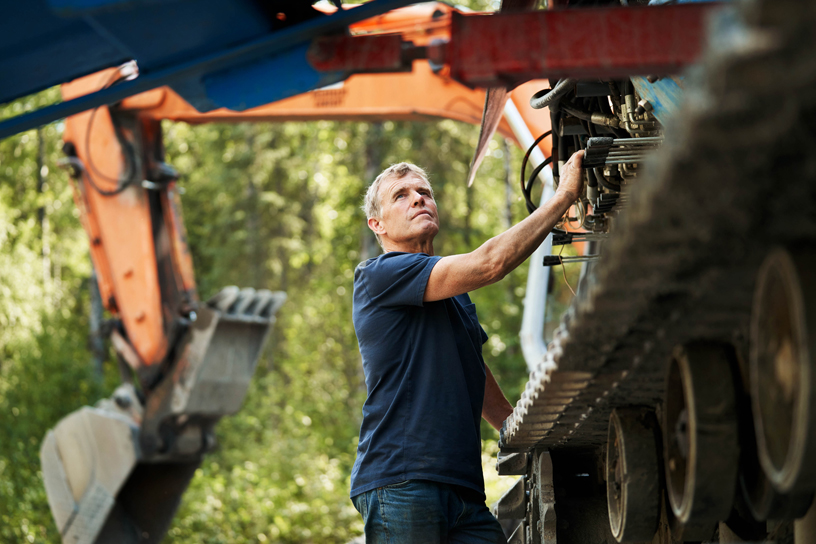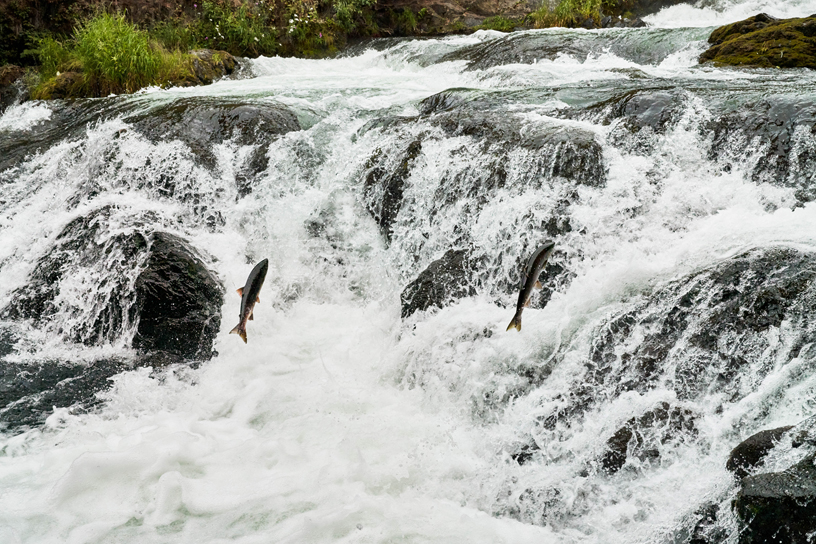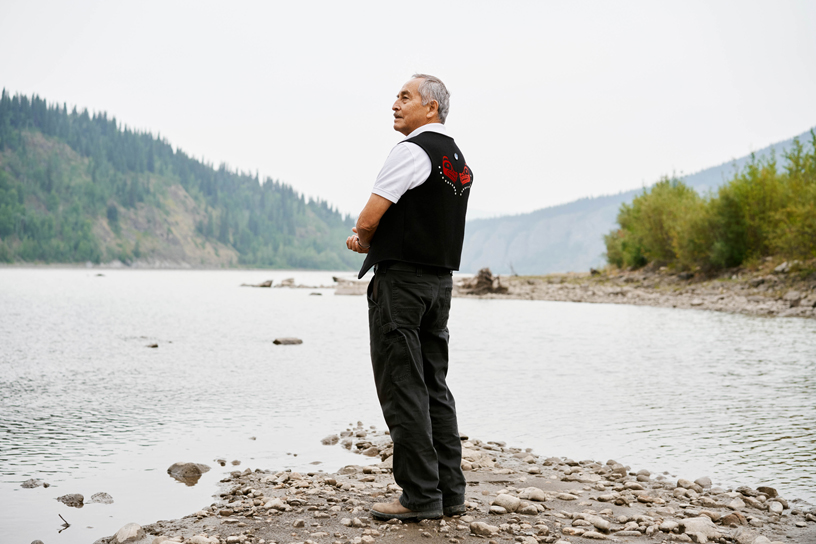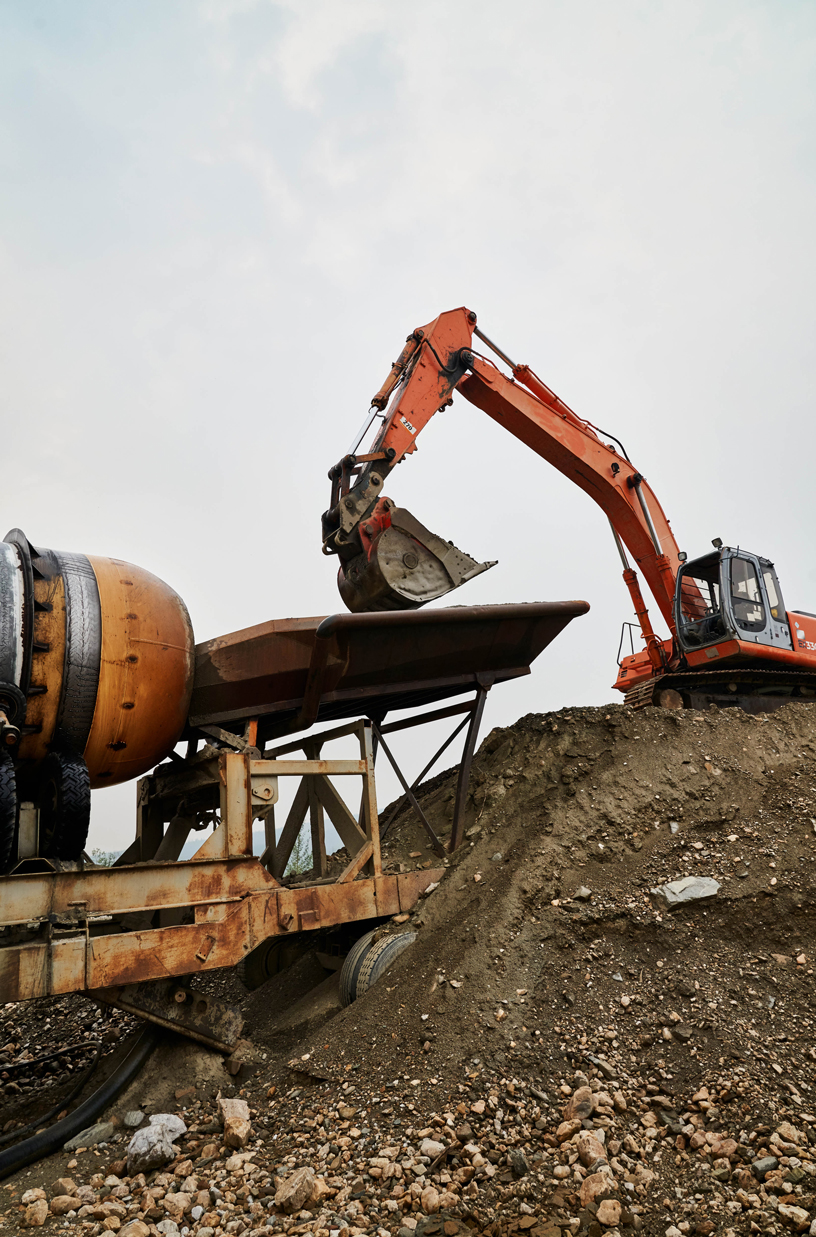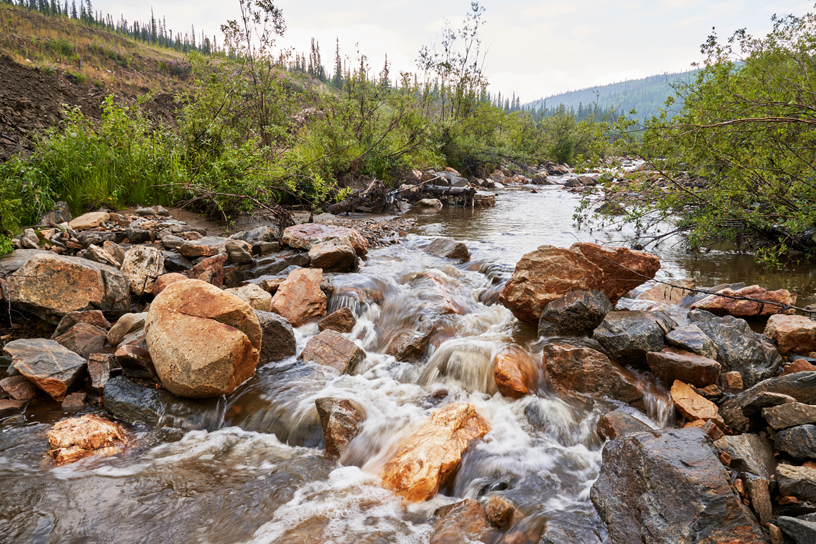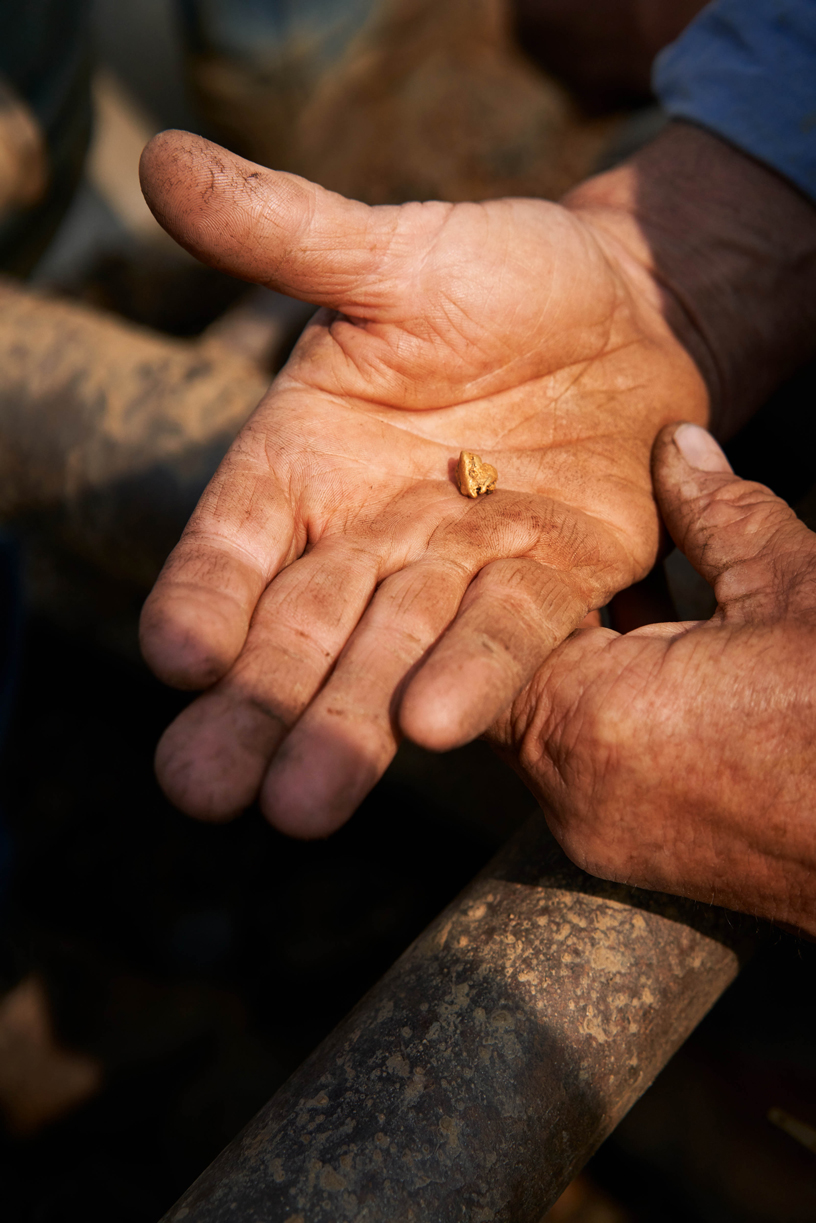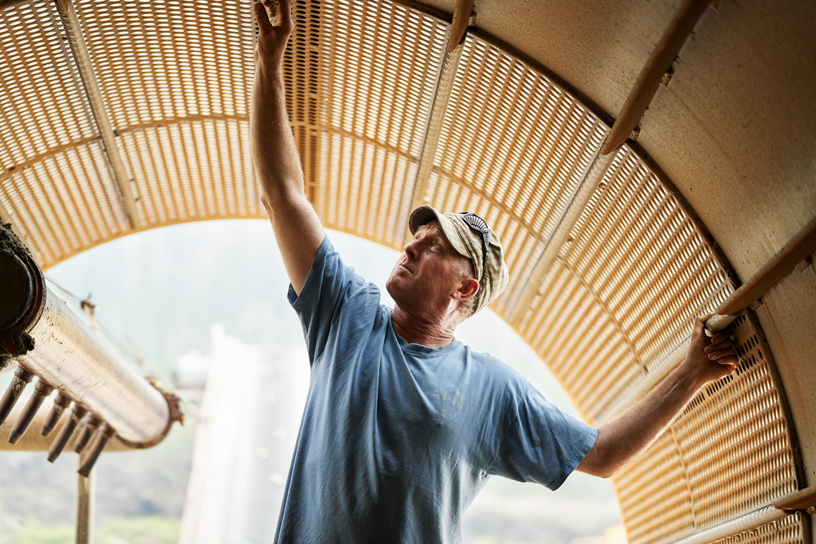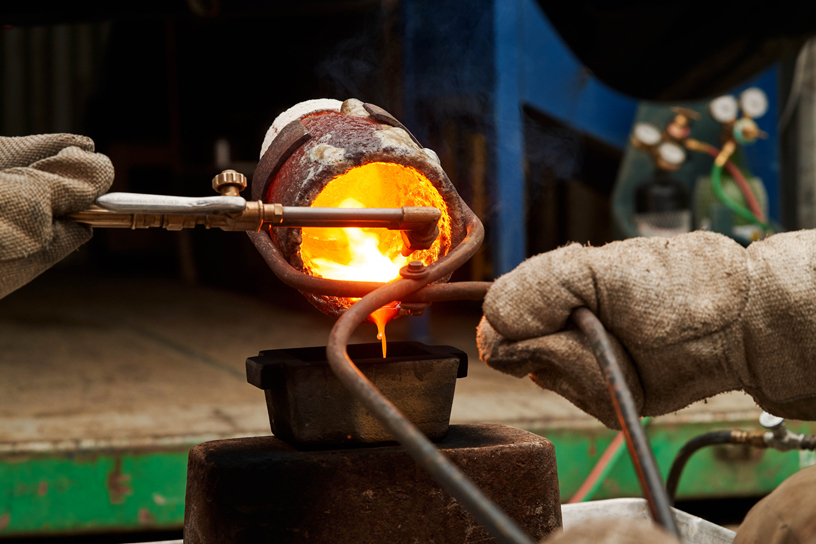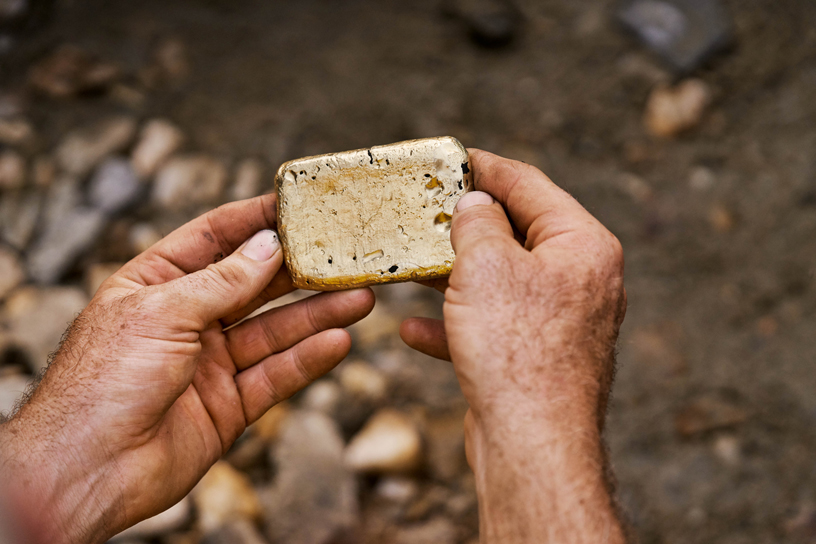FEATURE
13 August 2019
Searching for gold with habitat restoration in mind
In the Alaska-Yukon region, salmon is as precious as gold.
There are hundreds of small and large placer mining operations in Alaska actively producing gold in the US. Placer mining sites sit along creeks and streams, giving miners the chance to re-mine for any nuggets or fine gold left over from the Yukon’s Klondike Gold Rush in the late 1890s.
Meanwhile, since 1991, 12 Pacific salmon runs have been listed under the Endangered Species Act (ESA). These routes that salmon use to make their run to their spawning beds each year are often adjacent to placer mining sites.
“Salmon to our people is absolutely the most important aspect of the whole environment,” says Allen Edzerza, a Tahltan Nation elder and advisor to the British Columbia First Nations Energy and Mining Council. “But … in the pursuit of the metals, you see big scars on the landscape.”
“We’ve actually created a really stable restoration program which a lot of miners don’t do.”
The causes for the ESA classification are not limited to mining. Add logging, urbanisation, record wildfires and landslides in the region, and salmon runs don’t stand a chance. But RESOLVE, a nonprofit organisation tackling some of the planet’s most critical challenges through innovative, unexpected partnerships, wants to fix that.
Their proposal: Combine re-mining with restoration to improve the streams and open them back up for salmon, grayling and other fish species to return.
Since RESOLVE first introduced the Salmon Gold partnership in 2017, the organisation is connecting local placer miners, environmentalists and government agencies in order to course correct the damage done from historic mining in the region. Apple — who uses small amounts of gold in electronic components throughout its products — and global luxury jeweller Tiffany & Co. will source gold from these miners who have committed to restore and improve the land they’re operating on when they’re done.
“There’s a lot of tension between mining and salmon,” says Stephen D’Esposito, CEO of RESOLVE. “Salmon Gold is like a peace treaty between mining and salmon habitat. It’s a place where the three sectors can work together: the restoration community, First Nations and the mining industry.”
“As we continue to increase our use of recycled materials, we’re seeking out innovative ways to source gold responsibly,” says Paula Pyers, Apple’s head of Supplier Responsibility. “Partnering with Tiffany, a pioneer in sustainable sourcing, as well as RESOLVE ensures Salmon Gold can be an example of how the industry can evolve.”
After securing Salmon Gold’s first restoration agreement in the historic mining town of Chicken, Alaska, D’Esposito enlisted Edzerza to be Salmon Gold’s scout on the ground in the Yukon and British Columbia, building key relationships with placer miners and the local government, as well as First Nations leaders in the area.
“If we can design restoration pilot projects so that you can see if you can actually create the right environment for fish to live in it, to spawn in it,” says Edzerza, “if we can do it on a small scale, the question is can you take it with a long-term vision five, 10 years down the road and see a whole watershed properly restored so that you can re-establish the salmon stocks.”
In Chicken, local miners Dean and his son Chris Race were already in the process of restoring Jack Wade Creek in the Fortymile Mining District when RESOLVE reached out. “We’ve actually created a really stable restoration program which a lot of miners don’t do,” says Dean.
“All of Jack Wade is full of tailing piles, and Mother Earth will someday eventually recover that, but it’s going to take a couple hundred years,” he says. “All we’re doing is speeding up the process … when I’m done with it, it’s going to look like a park.”
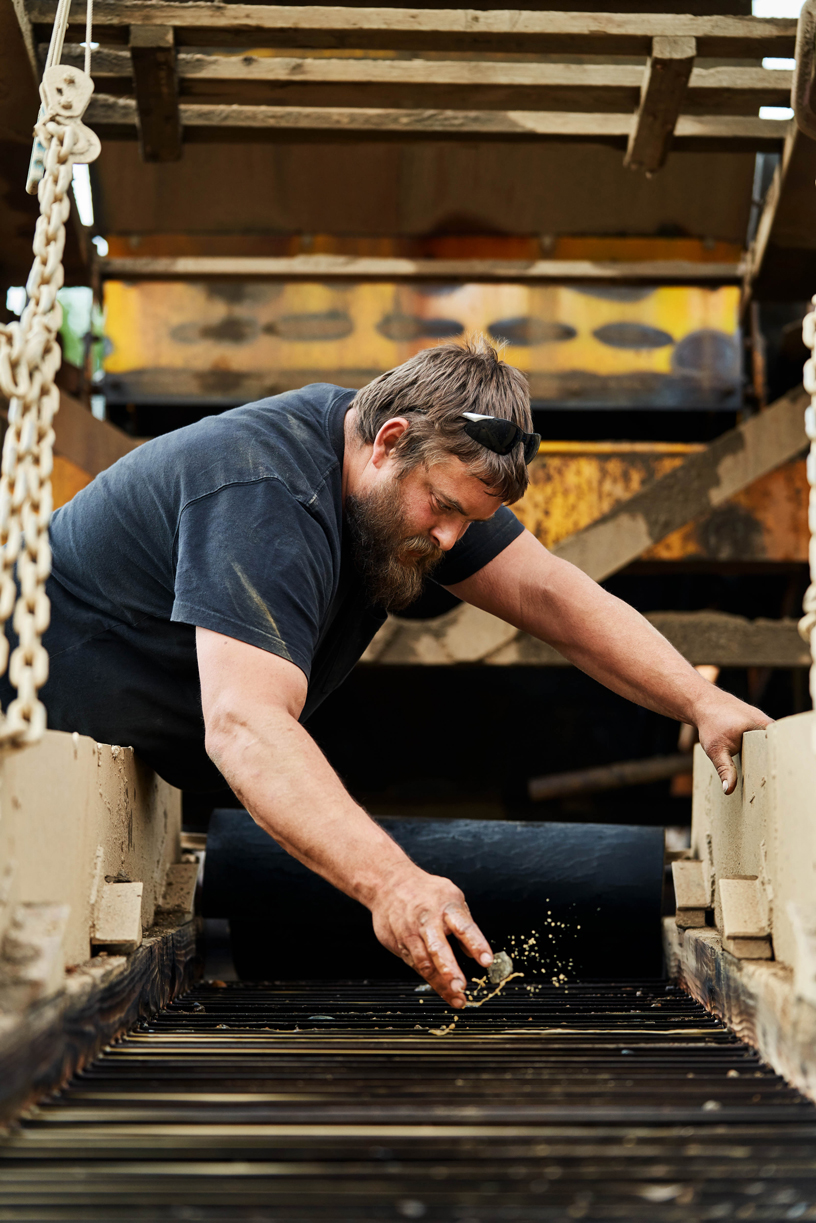
All throughout this region, the Salmon Gold miners are developing a sustainable model for future miners to follow.
Peter Wright, Edzerza’s nephew, runs a mining site on Sulphur Creek near Dawson City and has been mining in the area since he was 18. “When I first started in the industry, there wasn’t a lot of environmental awareness,” Wright admits. “We’re all becoming very aware of what we’re doing here and making big changes, like no mercury, no chemicals, trying to reclaim the land as much as possible and help nature reintroduce itself.”
Wright’s site is expansive. Piles of topsoil tower above the permafrost as patches of green spring up along the length of his operation.
“We are at the headwaters of salmon rivers and the Yukon River of course being one of them,” Wright says. “Instead of leaving [the pit] wide open, letting all the erosion happen, and letting the streams be plugged with silt which affects the salmon spawning beds … everything that we do with our reclamation is to help the earth recover. Not only from our mining activities, but from a hundred years before.”
To date, RESOLVE has secured restoration plans with three miners in Alaska and the Yukon, with several more under consideration for next summer. As the mining season comes to a close, the organisation projects over 1,000 ounces of the partnership’s trademarked Salmon Gold this year, increased from last summer’s 25 ounces. This fall, all Salmon Gold entering Apple’s supply chain will be traced from the mine to the refiner using blockchain technology.
Salmon Gold’s partners will continue fine-tuning the project so that one day it may provide a blueprint for others to change the way they mine. In the meantime, Edzerza will continue scouting in the Yukon and British Columbia as RESOLVE looks for new partners.
“We have a sacred responsibility to stewardship of the environment that we call our ancestral land, so that future generations can experience it the way our ancestors did,” Edzerza says.
Images of Salmon Gold
